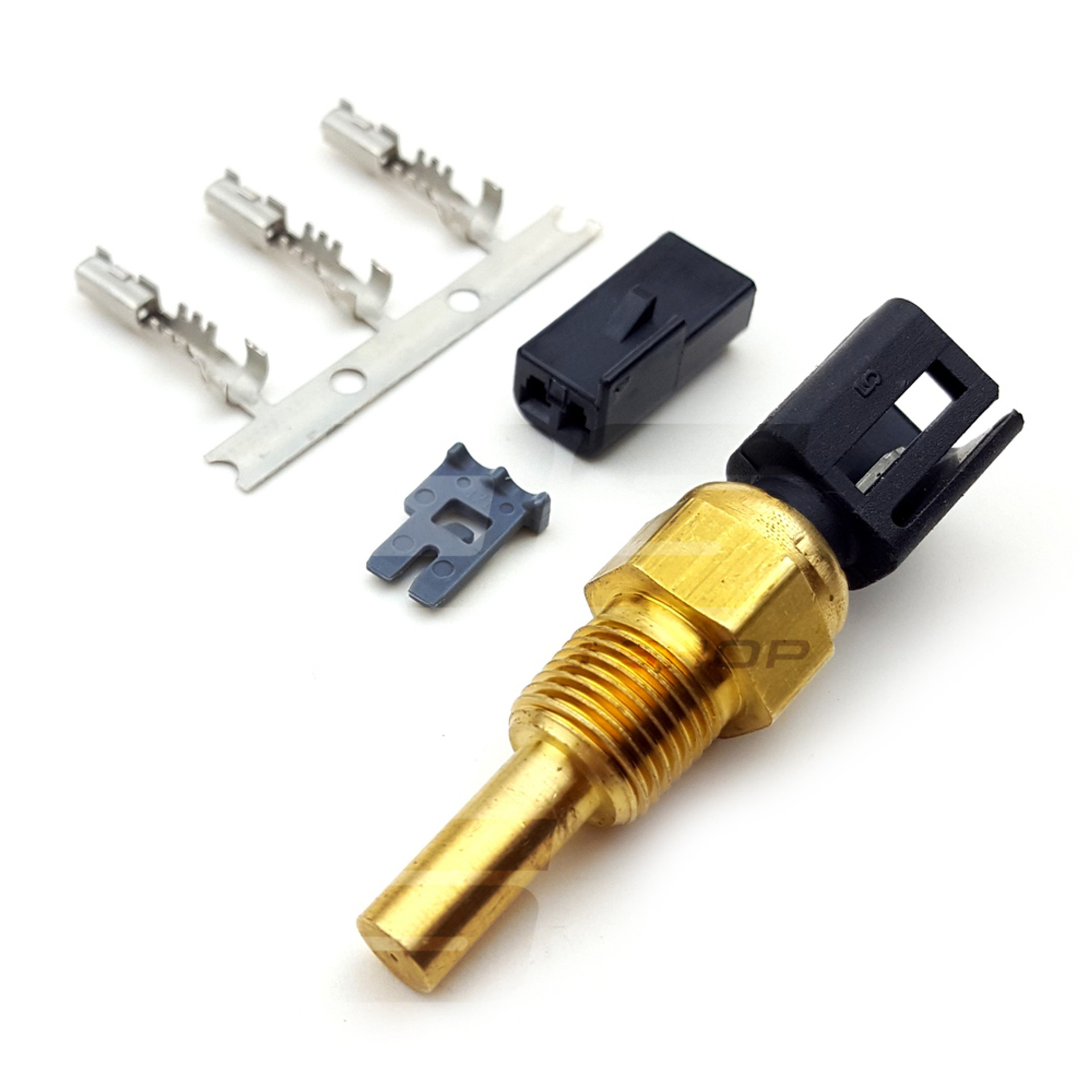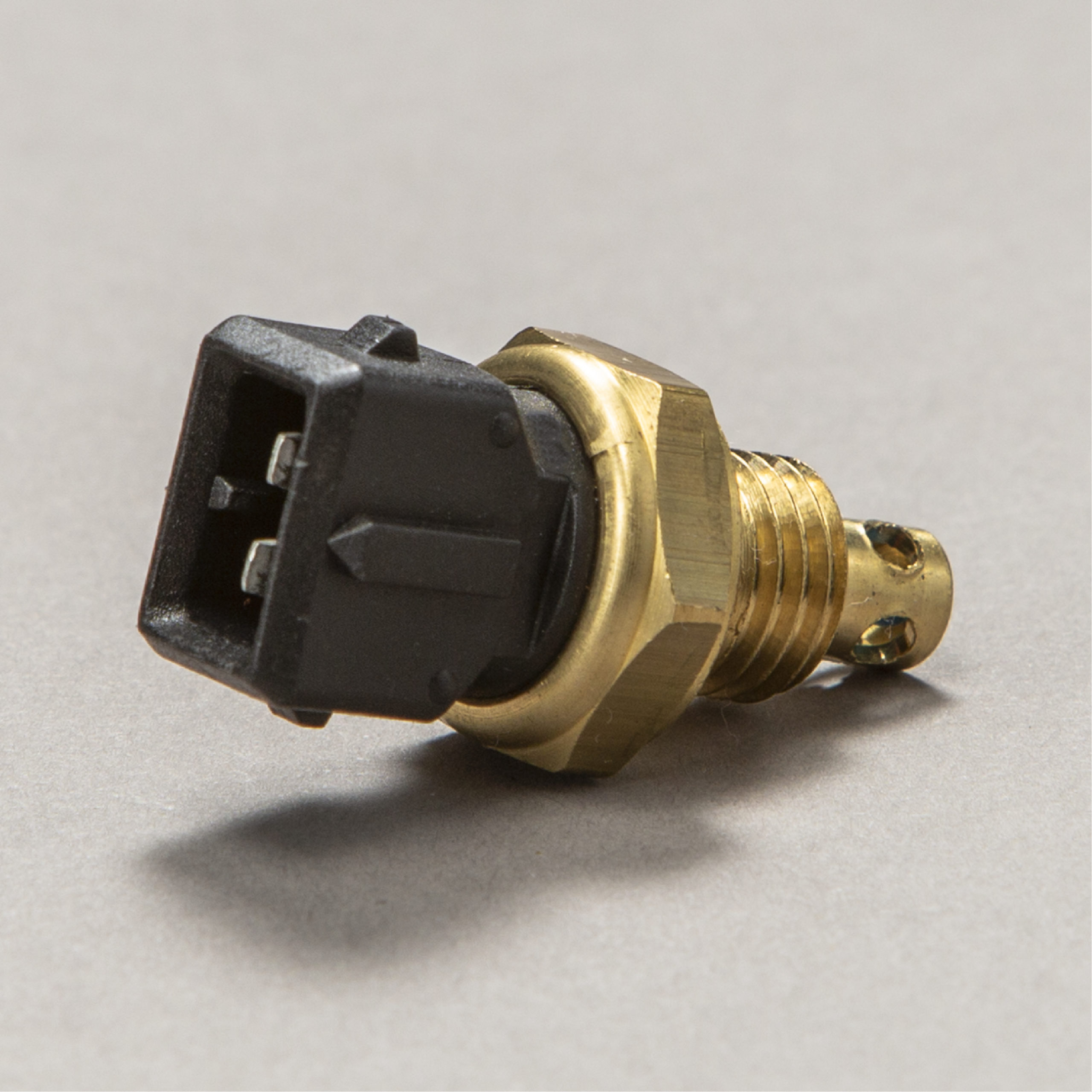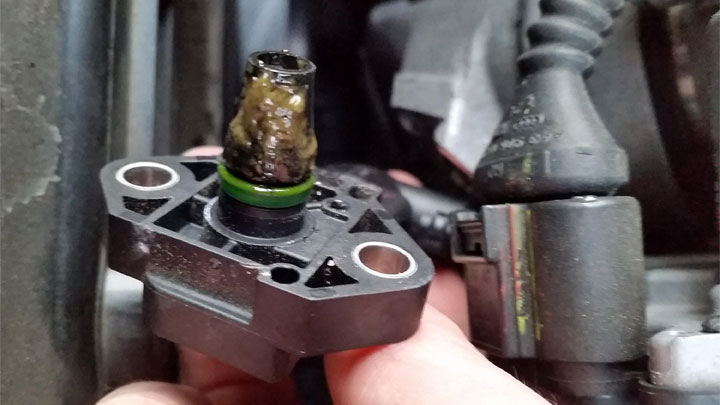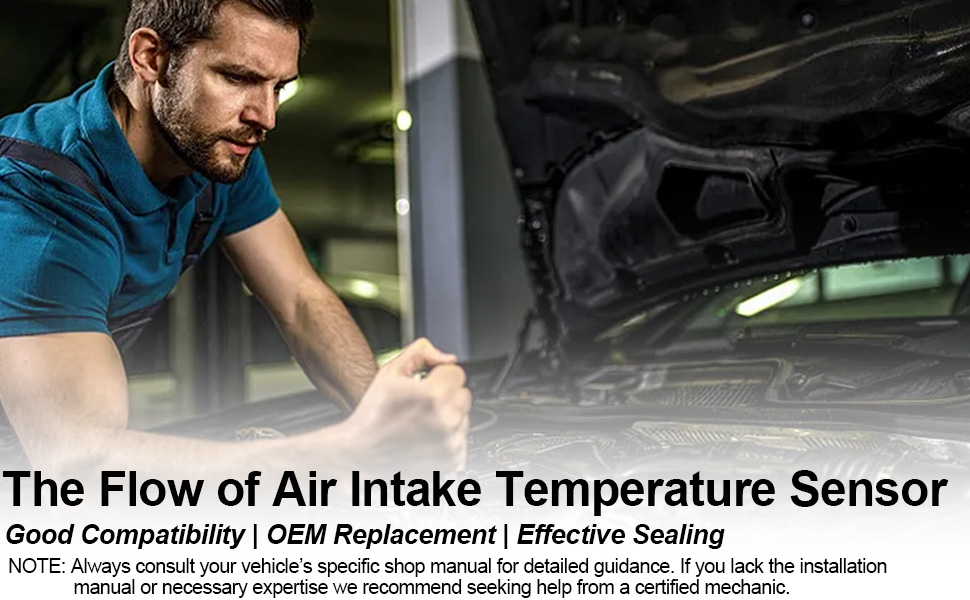Intake Air Temperature Sensor Replacement Cost

A seemingly minor component, the intake air temperature (IAT) sensor, plays a crucial role in engine performance and fuel efficiency. A malfunctioning IAT sensor can lead to reduced gas mileage, rough idling, and even a failed emissions test, impacting both your wallet and the environment. Understanding the cost associated with replacing this sensor is essential for responsible vehicle ownership and maintenance.
This article delves into the various factors influencing the IAT sensor replacement cost, providing a comprehensive breakdown of parts and labor expenses. It also explores potential DIY options and emphasizes the importance of professional diagnosis to ensure accurate repairs and prevent further engine damage.
Understanding the Intake Air Temperature Sensor
The IAT sensor monitors the temperature of the air entering the engine. This information is then relayed to the engine control unit (ECU), which adjusts the air-fuel mixture for optimal combustion. This precise calibration ensures efficient fuel consumption and reduces harmful emissions.
When the IAT sensor malfunctions, the ECU receives inaccurate temperature readings. This can result in the engine running too rich (too much fuel) or too lean (not enough fuel), leading to a variety of performance issues.
Factors Influencing Replacement Cost
Several factors contribute to the overall cost of replacing an IAT sensor. These include the vehicle's make and model, the type of replacement sensor used (OEM vs. aftermarket), and the labor costs associated with the repair.
Parts Cost
The cost of the IAT sensor itself can vary significantly. An OEM (Original Equipment Manufacturer) sensor, purchased directly from the vehicle manufacturer or a certified dealer, typically commands a higher price than an aftermarket alternative.
Aftermarket sensors, produced by third-party manufacturers, can offer a more budget-friendly option. However, it's crucial to choose a reputable brand known for quality and reliability to avoid premature failure or compatibility issues.
According to data from repairPal.com and estimates from national auto parts retailers, the average cost of an IAT sensor ranges from $15 to $75, depending on the factors mentioned above. More sophisticated or specialized sensors found in high-performance vehicles may fall on the higher end of this spectrum.
Labor Cost
Labor costs can also significantly impact the overall replacement expense. The complexity of the IAT sensor's location and the accessibility of the engine compartment will determine the amount of time required for the repair.
In some vehicles, the IAT sensor is easily accessible, allowing for a quick and straightforward replacement. In others, it may be located in a more challenging area, requiring the removal of other components to gain access.
Labor rates vary widely depending on the location and reputation of the repair shop. Dealerships typically charge higher labor rates than independent mechanics. Nationwide averages place labor costs between $50 and $150 for an IAT sensor replacement.
DIY vs. Professional Repair
For mechanically inclined individuals, replacing an IAT sensor may seem like a manageable DIY project. However, it's essential to assess your skills and experience before attempting this repair.
While the physical replacement of the sensor may be relatively simple, proper diagnosis is crucial. Simply replacing the sensor without identifying the root cause of the problem may not resolve the issue and could even lead to further damage.
Furthermore, some vehicles require the ECU to be reset or recalibrated after replacing the IAT sensor. This process often requires specialized diagnostic tools and software that are not readily available to the average DIYer.
"A proper diagnosis is paramount. Replacing a sensor without understanding why it failed is often a waste of time and money." - ASE Certified Master Technician
Opting for a professional repair ensures that the IAT sensor is correctly diagnosed and replaced. A qualified mechanic can also identify any underlying issues that may have contributed to the sensor's failure.
Preventative Maintenance and Long-Term Cost Savings
While the IAT sensor is generally a reliable component, preventative maintenance can help extend its lifespan and avoid costly repairs. Regularly servicing your vehicle according to the manufacturer's recommendations is key.
Maintaining a clean air filter is crucial for protecting the IAT sensor from dirt and debris. A clogged air filter can restrict airflow and cause the engine to work harder, potentially leading to premature sensor failure.
By investing in routine maintenance, you can minimize the risk of IAT sensor failure and ensure optimal engine performance, ultimately saving money in the long run.
Looking Ahead: The Future of IAT Sensors
As automotive technology continues to evolve, IAT sensors are becoming more sophisticated. Modern vehicles often incorporate integrated sensors that combine temperature, pressure, and humidity readings for even more precise engine control.
These advanced sensors are typically more expensive to replace than their older counterparts. However, they also offer improved accuracy and reliability, contributing to better fuel efficiency and reduced emissions.
Staying informed about the latest advancements in automotive technology will empower you to make informed decisions about vehicle maintenance and repair, ensuring optimal performance and longevity for your car.
![Intake Air Temperature Sensor Replacement Cost 7 Signs Of A Bad Intake Air Temp Sensor [& Replacement Cost]](https://mechanicbase.com/wp-content/uploads/2021/07/DPFE-sensor-768x427.jpg)
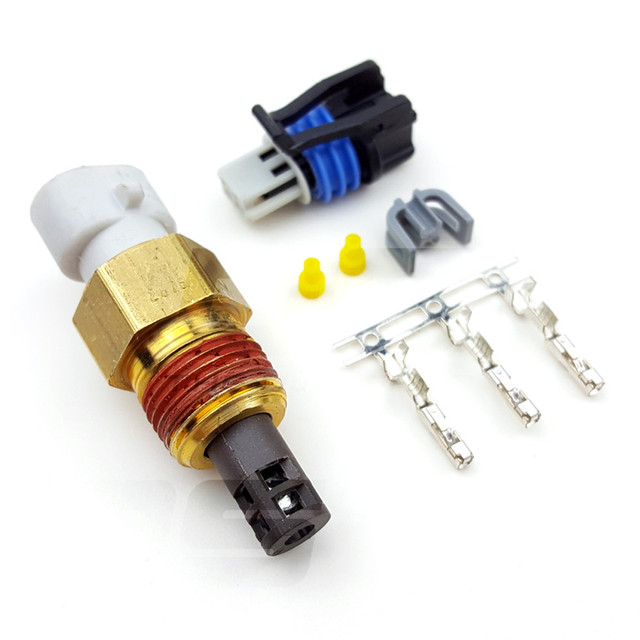
![Intake Air Temperature Sensor Replacement Cost 7 Signs Of A Bad Intake Air Temp Sensor [& Replacement Cost]](https://mechanicbase.com/wp-content/uploads/2021/08/Signs-of-a-Bad-EGR-Temperature-Sensor-600x338.jpg)

